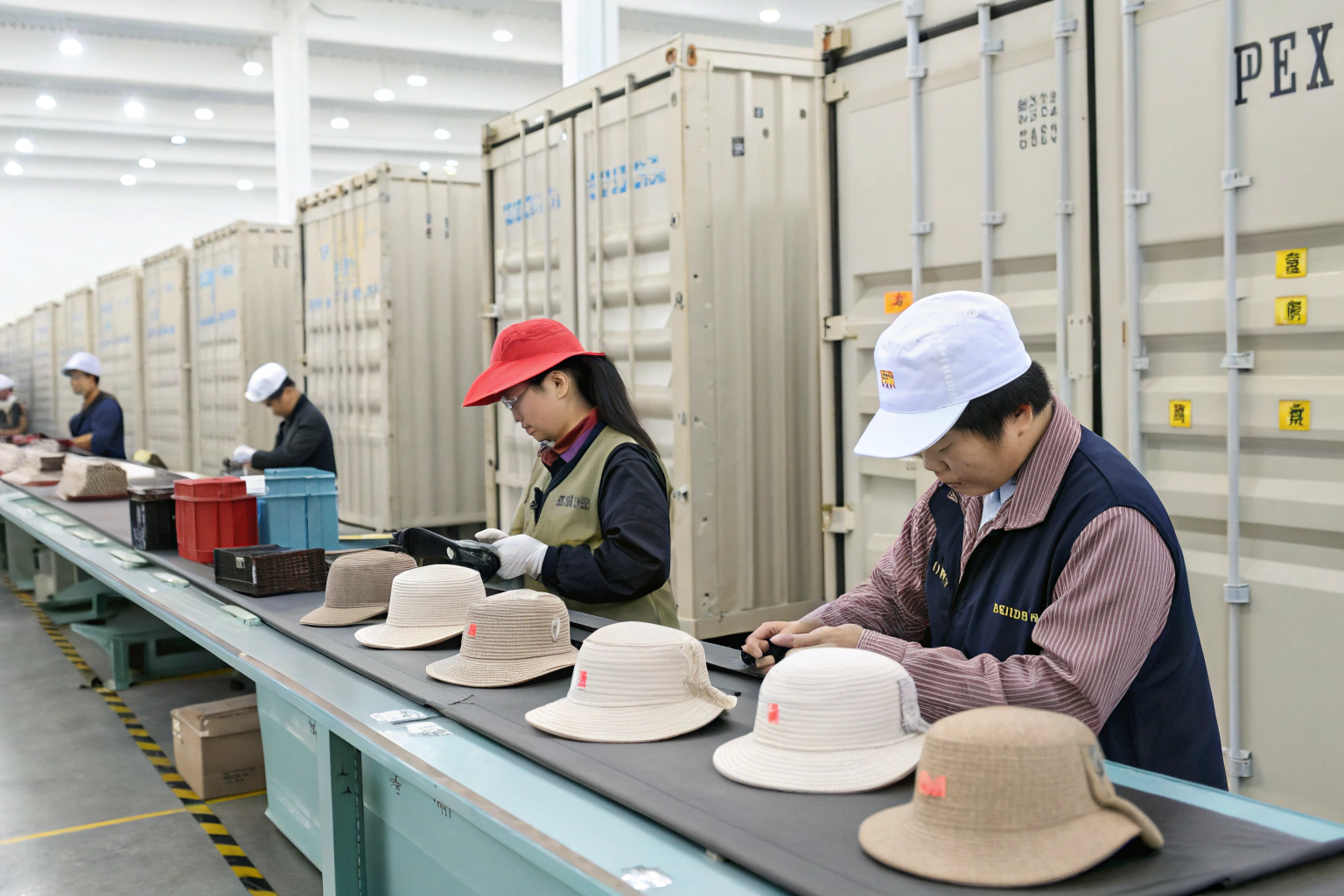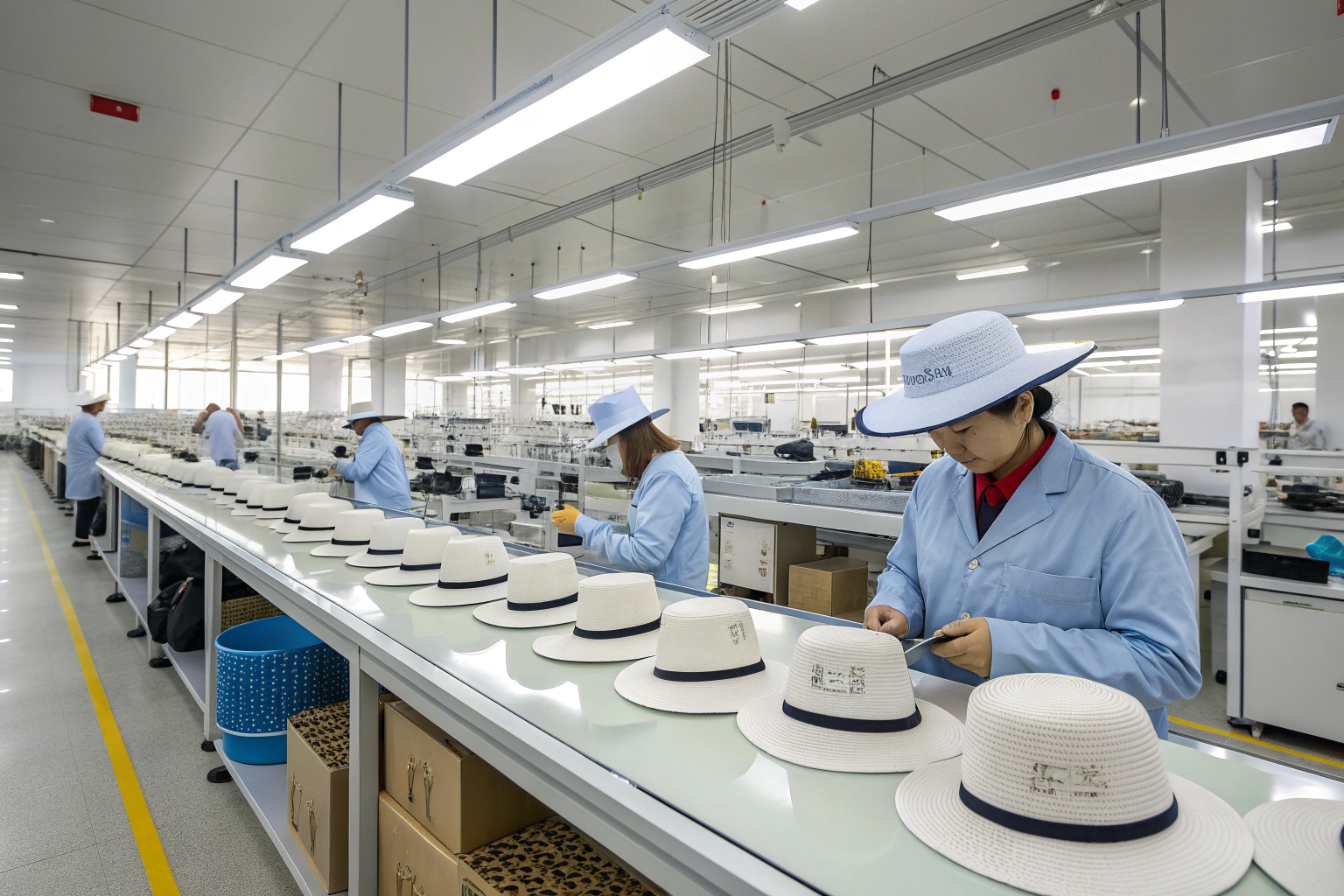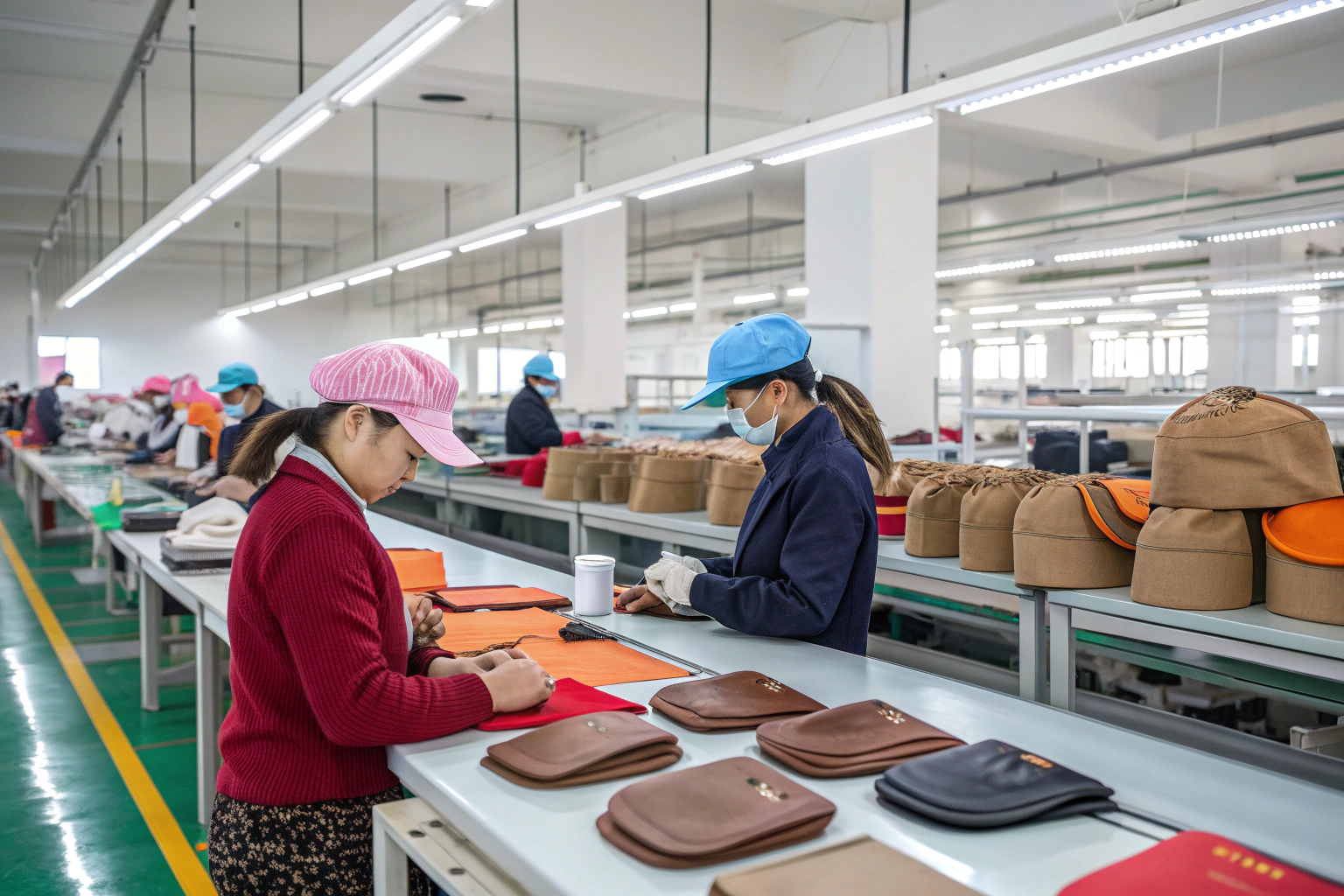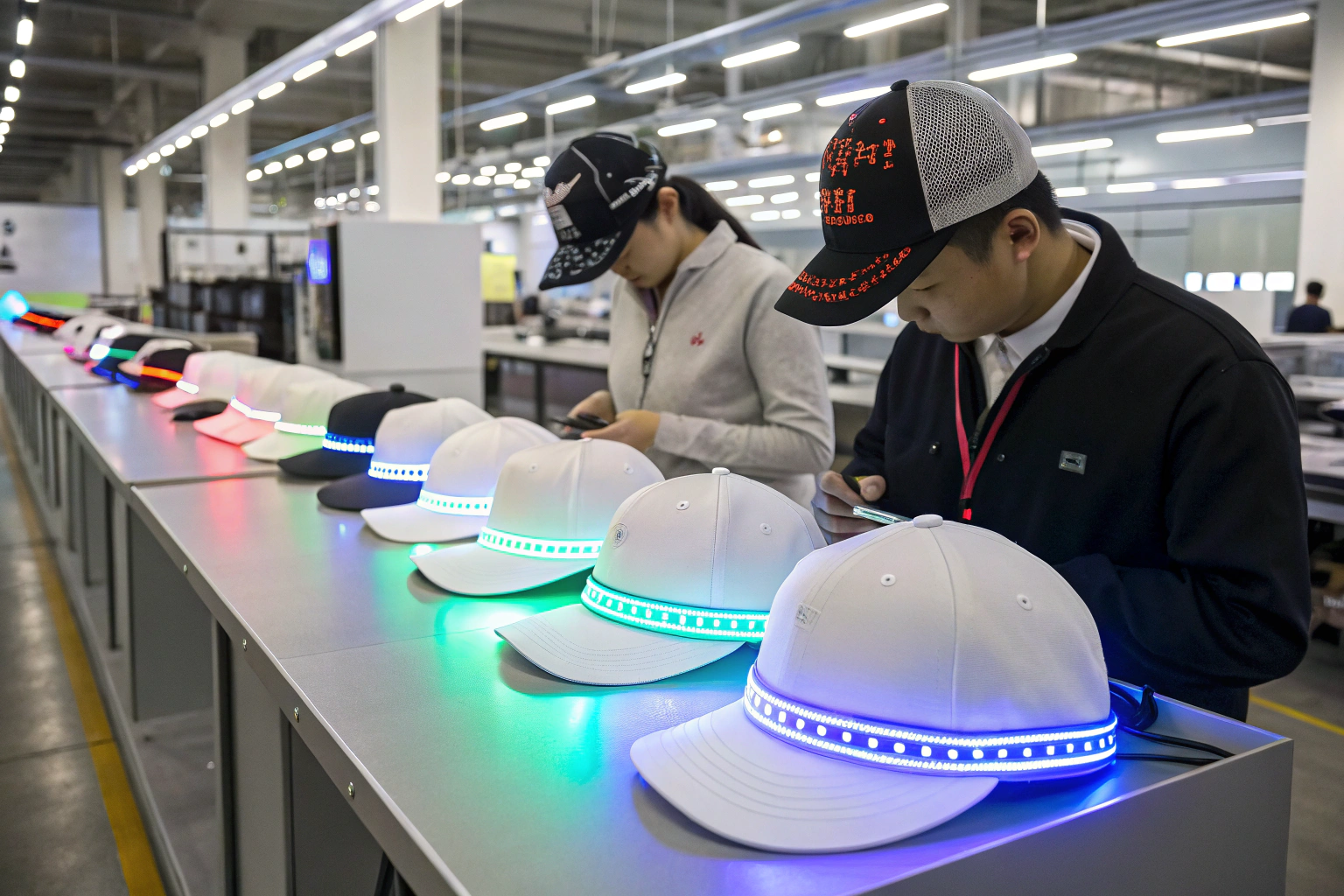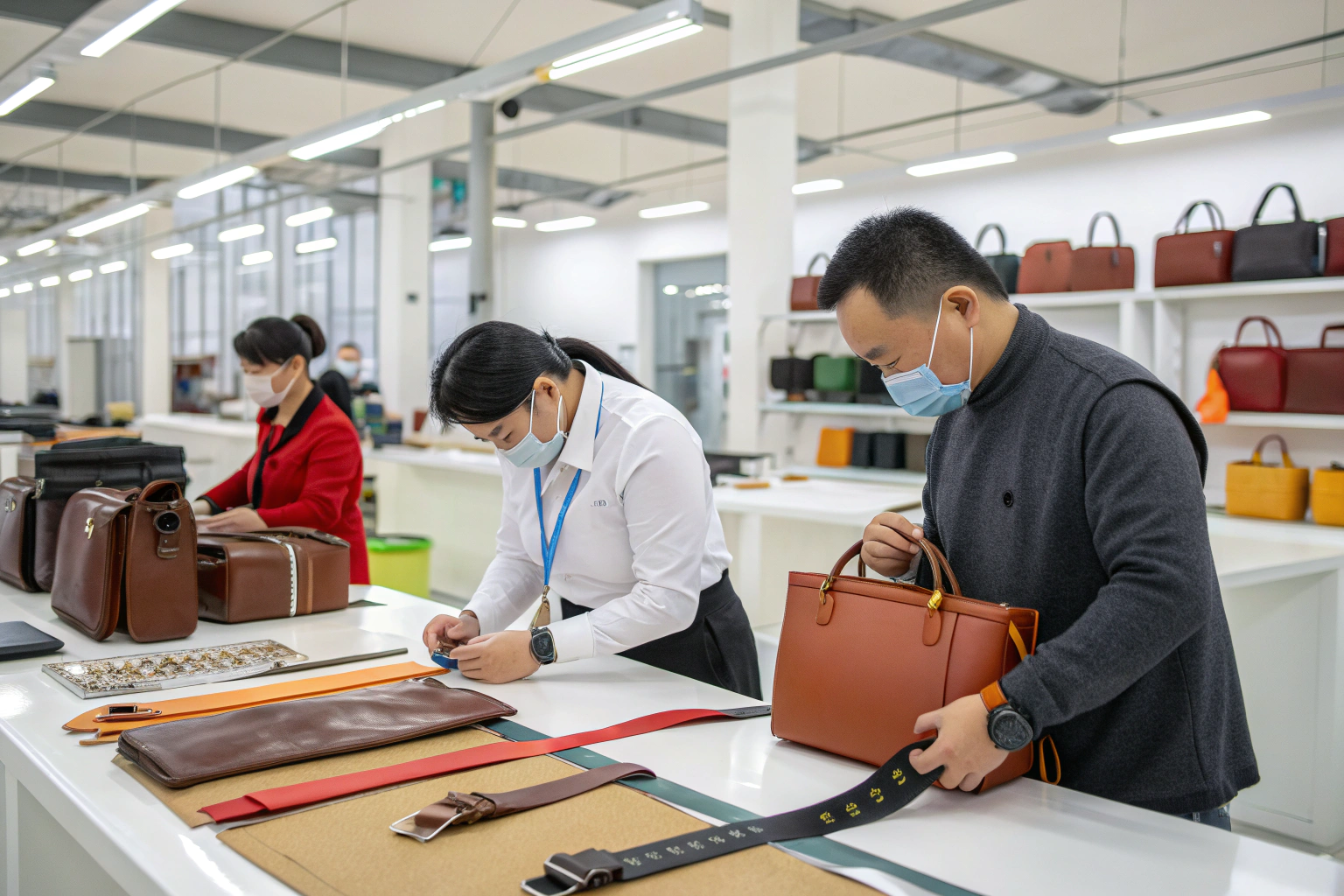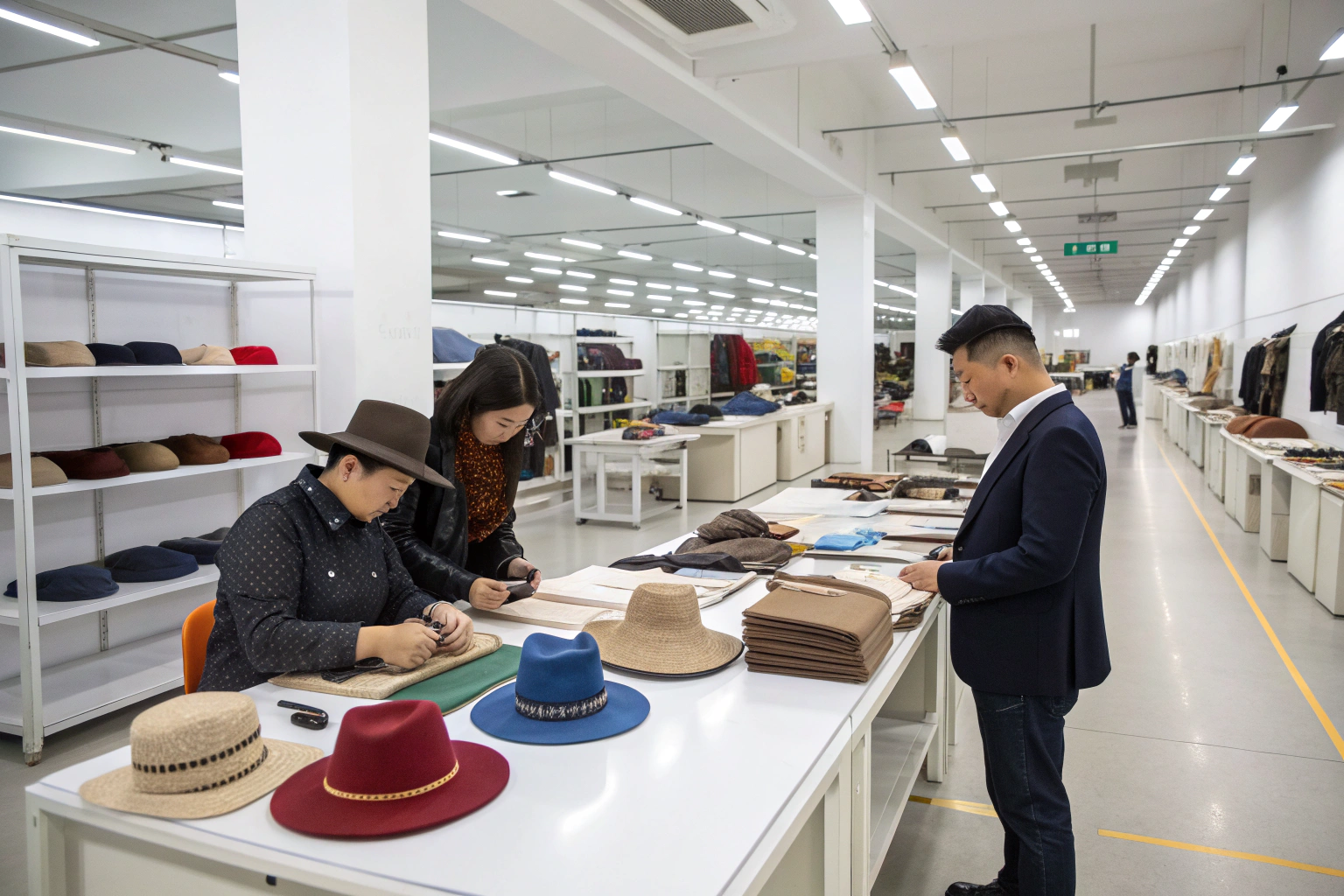When we think about expanding into the Indian market, one of the first challenges we face is understanding and managing import restrictions. Many buyers from India want fashionable accessories with international quality standards, but at the same time, they often worry about regulatory hurdles, customs duties, and compliance issues. This is a pain point that creates hesitation in placing large-volume orders.
The good news is that navigating import restrictions for accessories in India is possible with the right strategies and preparation. By focusing on compliance, reliable logistics, and clear documentation, we can reduce risks, save costs, and speed up the entire supply chain process.
As a manufacturer, I have dealt with buyers from Europe, America, and India who all asked the same question: how can we ship smoothly, avoid unexpected costs, and stay compliant with local laws? Let’s break this down step by step.
What Are the Key Import Regulations in India?
Import restrictions in India can seem confusing. Many clients worry about tariffs, restricted product categories, and long clearance times. This creates frustration because delays mean lost opportunities in sales.
The key import regulations in India require compliance with HS codes, BIS certifications, and customs clearance paperwork. For accessories like hats, belts, and scarves, the rules are strict but manageable with proper preparation.
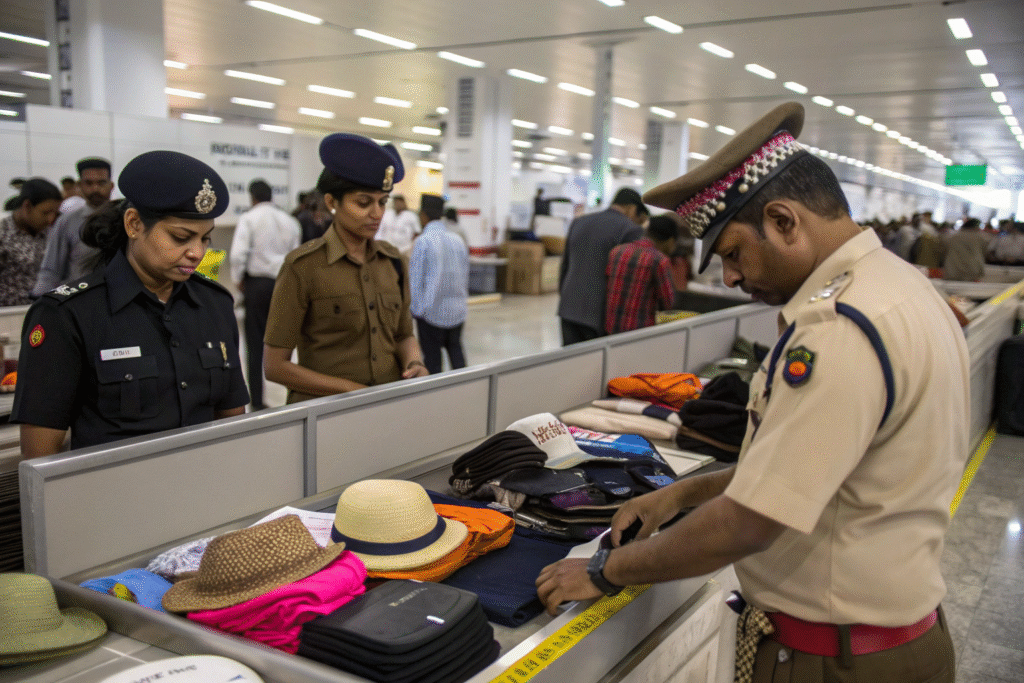
To go deeper, we need to understand product classification and documentation. India uses the HS Code system, and every accessory type falls into a specific code. For example, leather belts are classified differently than cotton scarves. Each classification has its own tariff rate. Importers also need to pay attention to the Bureau of Indian Standards (BIS), which controls safety and quality certification for some goods.
What documents are mandatory for clearance?
To clear customs in India, importers must submit a Bill of Entry, commercial invoice, packing list, and certificate of origin. For some categories, a BIS certificate is also required. Missing even one of these documents can cause delays. Useful guides like India’s DGFT portal provide detailed instructions. Another helpful resource is the Indian Customs website, where regulations are updated.
How do tariffs affect accessory imports?
India applies customs duties based on product classification. For instance, synthetic hairbands may face a higher rate than cotton hats. The exact tariff depends on whether the product is considered luxury or essential. Websites like HS Code Finder allow buyers to check exact codes and duties. Importers must calculate these costs before ordering to avoid surprises.
How to Reduce Tariff Costs and Delays?
Tariff costs and clearance delays are a big concern for buyers. Delays mean stockouts, higher costs, and frustration for retail chains. Many buyers hesitate to place orders because they fear hidden duties or long waits at customs.
The best ways to reduce tariff costs and delays are to classify products correctly, work with experienced customs brokers, and prepare all documents in advance. This saves time, avoids penalties, and ensures smoother delivery.
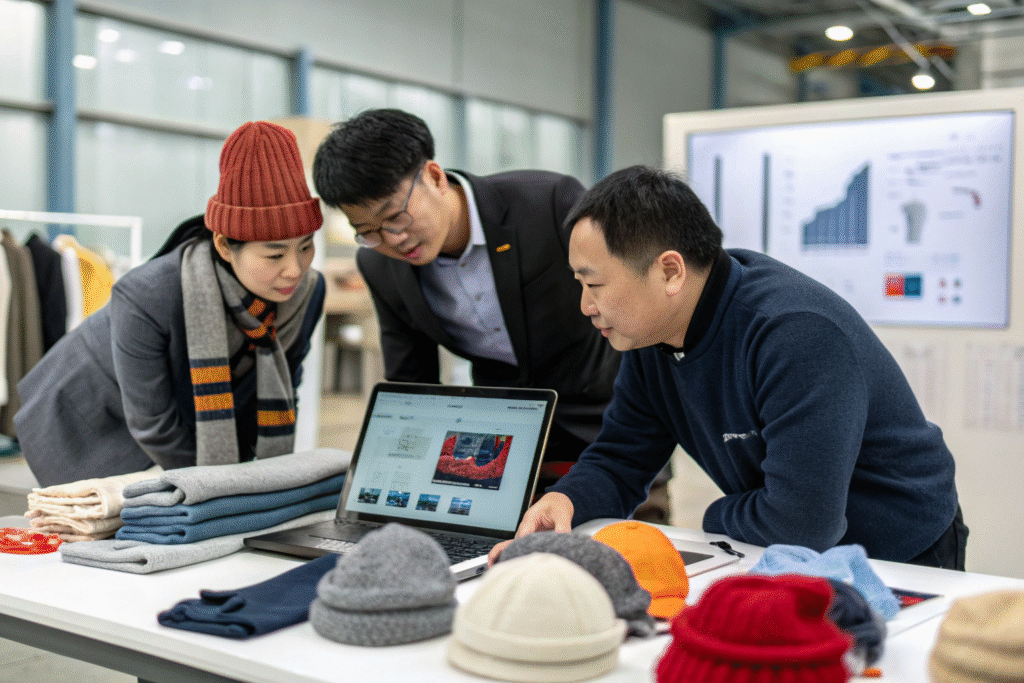
Another proven strategy is to take advantage of trade agreements and exemptions. India has special duty relief for certain materials and product categories. Importers who know these exemptions can save significant money.
Can free trade agreements lower costs?
Some accessories benefit from reduced tariffs under trade policies. Importers can check FTA details on Invest India. For example, if raw materials come from certain countries, duties may be lower. This makes production planning smarter. Another useful tool is the India Trade Portal, where tariff updates are posted.
Should importers use a local customs broker?
Yes, absolutely. A local customs broker in India knows the process well and can prevent costly errors. Many international buyers find brokers through associations like FIEO. A reliable broker not only speeds up clearance but also advises on updated policies. This is especially useful for accessories with complex classifications.
What Certifications Are Required for Accessories in India?
Certifications are another point of confusion for accessory buyers. Many brands worry about failing compliance tests, which can lead to shipment rejections. This is a major pain point because it risks both time and money.
Accessories imported into India may require BIS certification, quality checks, and labeling compliance. These certifications ensure products meet Indian safety and consumer standards.
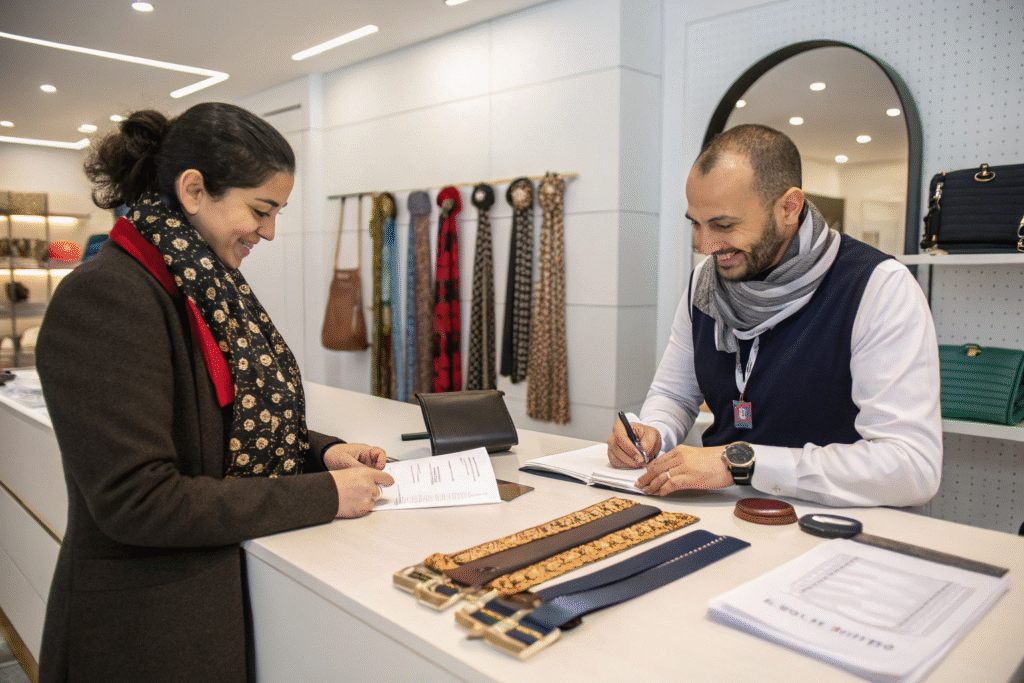
In most cases, not every accessory type requires certification. But products like leather goods, synthetic materials, and children’s items may face stricter checks.
Which accessories require BIS certification?
Items like helmets, protective gloves, and some textiles fall under mandatory BIS certification. Details are available on the BIS official site. It is important to check before shipping. Another useful resource is the India Standards Portal, which lists certified products.
How important is proper labeling?
Labeling is very important in India. Products must include information such as country of origin, material composition, and price. Labels should follow Legal Metrology guidelines. Incorrect labeling can lead to fines or even seizure. Importers who want smooth clearance must prepare packaging that matches Indian rules.
How to Ensure Smooth Logistics and Customs Clearance?
Even if all documents are ready, logistics can still be stressful. Many buyers complain about delays at Indian ports or miscommunication with shipping companies. The pain point here is uncertainty, which affects planning and sales.
The best way to ensure smooth logistics and customs clearance is to plan shipping schedules, work with experienced freight forwarders, and maintain real-time communication with logistics partners.
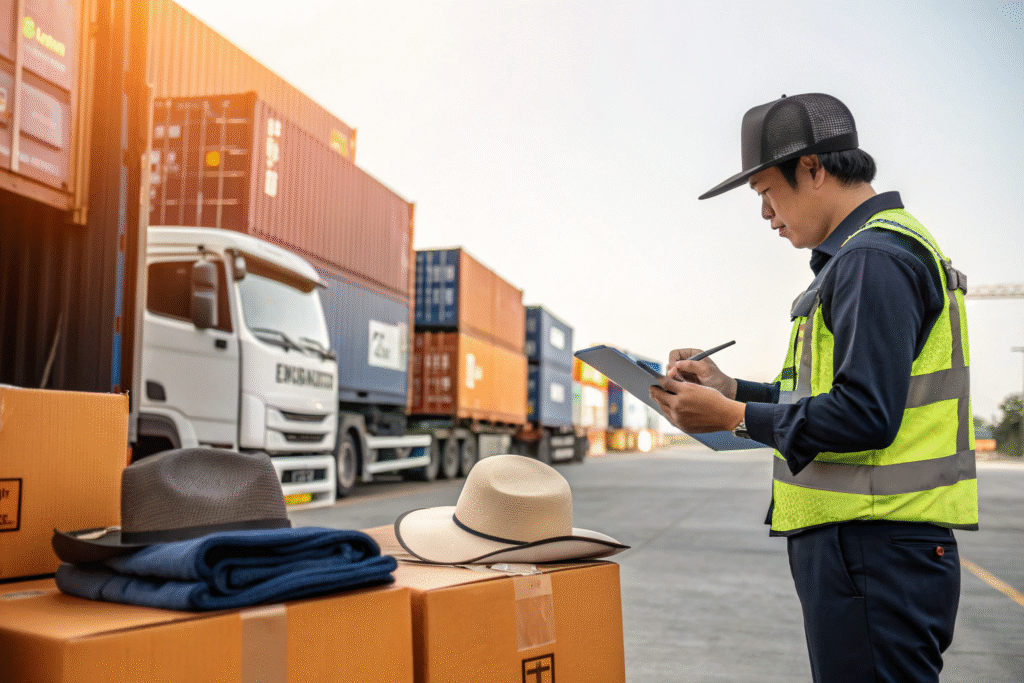
For buyers in the U.S. and Europe, who are used to strict schedules, delays in India can be frustrating. That is why logistics partners matter just as much as customs compliance.
Should importers choose sea freight or air freight?
Sea freight is cheaper but takes longer. Air freight is faster but costs more. For bulk accessories like hats and scarves, sea freight is usually better. For urgent items like seasonal products, air freight makes sense. Logistics guides like Maersk Shipping and DHL Express help importers choose the right mode.
How can real-time tracking help?
Real-time tracking reduces stress. Many logistics companies now provide digital platforms for buyers. Tools like FedEx Tracking allow buyers to check shipment status anytime. This builds trust and helps plan inventory. Buyers who use real-time tools face fewer surprises and can react quickly to delays.
Conclusion
Navigating import restrictions for accessories in India is challenging but not impossible. With the right knowledge of regulations, tariffs, certifications, and logistics, international buyers can enter the Indian market with confidence. From HS codes to BIS certification and from tariff planning to logistics partners, every detail matters.
If you are a brand, a retailer, or a procurement manager looking for a professional accessories supplier, we at AceAccessory can provide reliable production and export services. Our factory in Zhejiang, China, is modern, clean, and experienced in handling complex logistics and customs requirements. To discuss your accessory sourcing needs and explore smooth entry into the Indian market, please contact our Business Director Elaine at elaine@fumaoclothing.com.

